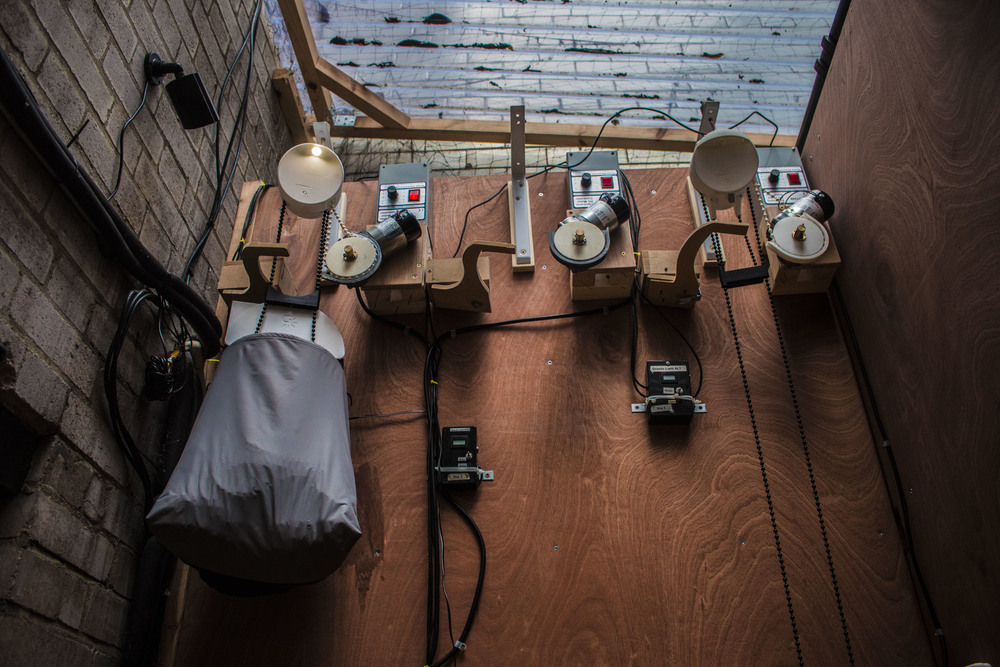Research and Development
In 2009, therefore, an award-winning design consultancy was approached by SolarAid, a UK charity with a mission to eradicate kerosene lamps. The team at SolarAid wanted to develop an extremely low-cost solar light, in order to reach off-grid families living on less than $3 a day.
Designers Martin Riddiford and Jim Reeves took on the challenge. Realising that batteries comprised a third of the product’s cost and PV panels, another third, they quickly realised the need to look beyond solar and battery powered devices.
Martin and Jim started with a user’s perspective and a blank sheet of paper. Creating something “better than a kerosene lamp” became the benchmark for the amount of light needed. This led Martin and Jim to explore what much lower levels of power could deliver. Months of concept development and early prototypes followed.
Improving GravityLight
In our trials, over 90% of the off-grid households who tried the GravityLight prototype (GL01) said they would use it instead of a kerosene lamp. They also shared invaluable feedback on what needed improving before we could launch GravityLight.

Accelerated Life Testing
Accelerated Life Testing can be a long and arduous process - with every identified issue, the process must be rebooted - but it is vitally important for a product that is designed to be a long term solution for low income families.

LED Efficiency
Light emitting diodes – LEDs. Small devices that turn electricity into light. Since their commercial introduction in the 1960’s LEDs have been squeezing ever more light from each bit of electricity that passes through them. The rate of improvement has been astronomical; their efficiency has been increasing exponentially since the '60s – a trend referred to as Haitz’s Law.
